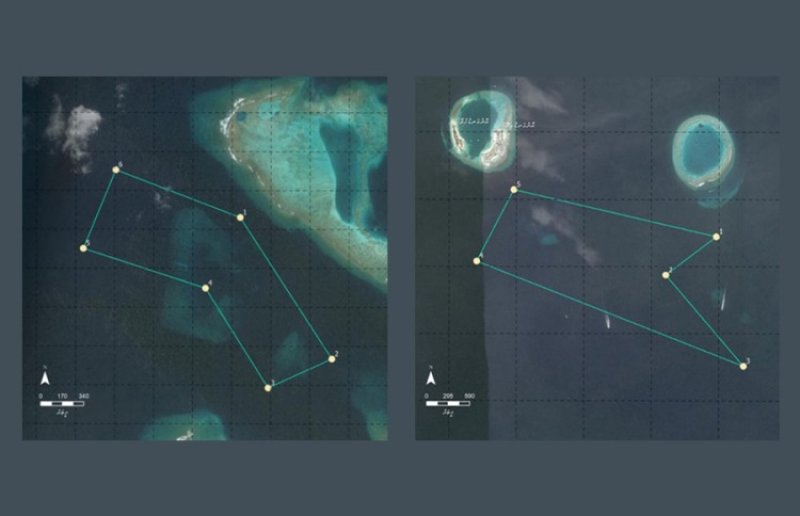
Maldives Declares Bodu Hithi Thila and Okkobe Thila Protected Areas
These lagoons, renowned for their rich marine life, are popular destinations for divers and tourists.
The Ministry of Climate Change, Environment, and Energy announced the protection of these areas as part of the Biodiversity Offset Plan, which compensates for environmental damage caused by the Gulhi Falhu reclamation project.
Bodu Hithi Thila
Located in the western part of Male' Atoll, Bodu Hithi Thila spans 127.47 hectares and is situated between Rasfari Lagoon and Ulaani Lagoon. The area is known for its diverse coral reefs, reef fish, and deep-sea fish, and serves as a habitat for endangered species such as the humphead wrasse, manta ray, turtles, grey reef sharks, silvertip sharks, and oceanic white tip sharks. It is particularly noted as a gathering spot for fish during the Iruvai northeast monsoon and is a favored diving location.
Okkobe Thila
Covering 379.31 hectares in the eastern part of Male' Atoll, Okkobe Thila is characterized by its high coral density, small caves, and overhangs. The lagoon hosts 73 species of fish, including endangered species like the grey reef shark, white tip reef shark, humphead wrasse, and turtles. It is also a well-known site for diving enthusiasts.
Prohibited Activities
The government has outlined several prohibited activities in these protected areas, including exploration and mining, littering, land reclamation, removal of natural materials, anchoring, infrastructure development, pollution, aquaculture, species removal, and more. Certain activities, such as sustainable fishing and research, may be allowed under strict regulations.
The Ministry emphasized that visits, research, and restoration work will be permitted following the prescribed procedures to ensure the conservation of these unique ecosystems.


